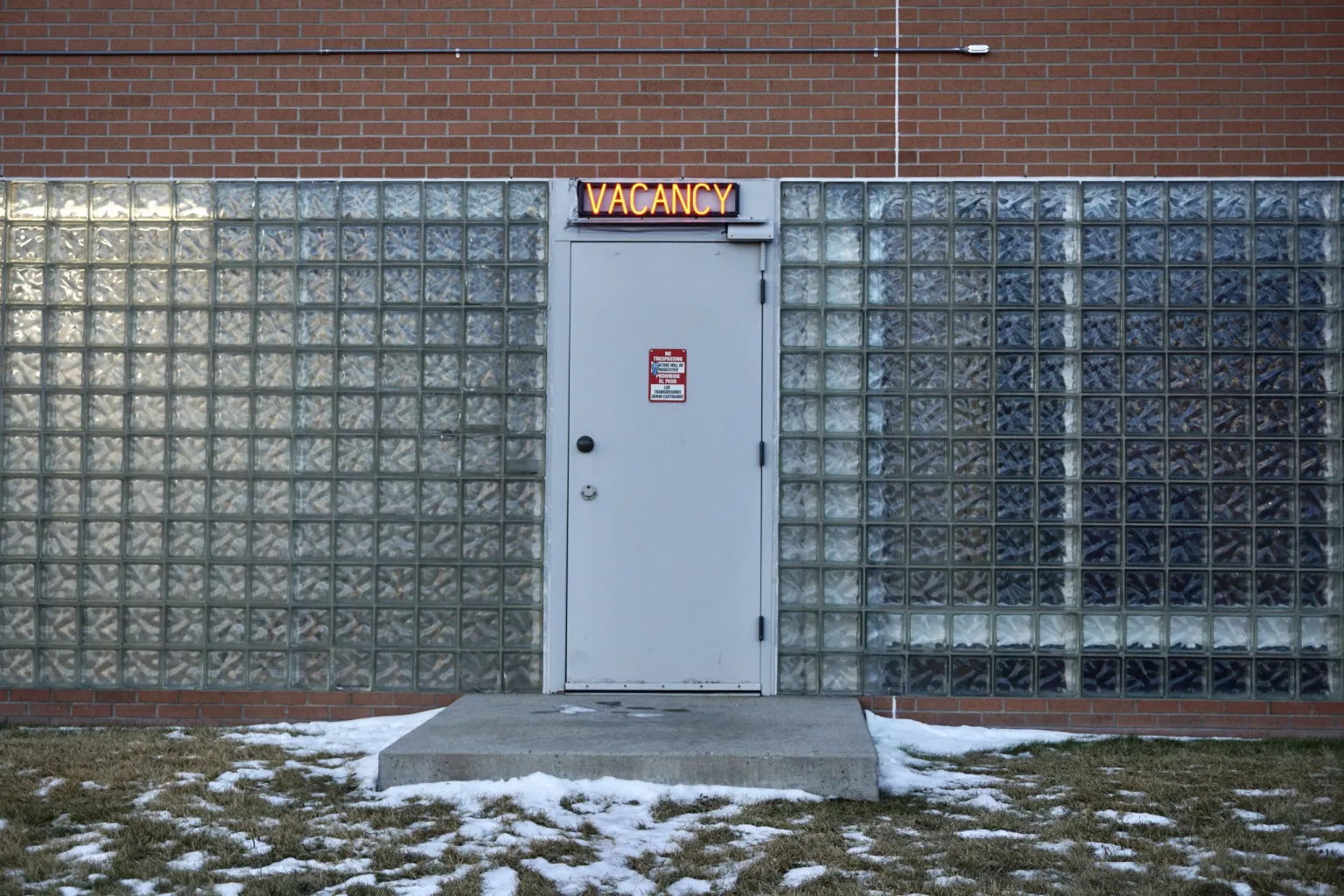It’s another costly blow to the industry Trump loves to hate: offshore wind.
On Friday, the US Bureau of Ocean Energy Management ordered Ørsted’s Revolution Wind project — already 80% complete — to “halt all ongoing activities.” The $1.5 billion wind farm off Rhode Island and Connecticut was supposed to start powering more than 350,000 homes next year. Instead, the plug got yanked over vague “national security” concerns and potential “interference” with other ocean uses.
Ørsted, the Danish renewables giant behind the project, called the stop-work order stunning and said it’s weighing legal action. The company’s stock tanked 16% Monday, hitting a record low, as investors tried to make sense of how a nearly finished, fully permitted energy project could be shut down overnight.
Governors in the region are furious. Rhode Island Gov. Dan McKee and Connecticut Gov. Ned Lamont blasted the move, calling the wind farm “critical” to their states’ energy future. Sen. Richard Blumenthal (D-Conn.) didn’t mince words either, slamming the decision as “nuts, crazy, insane.”
For workers, the fallout is immediate. About 1,000 union members have been building Revolution Wind, many with specialized training. North America’s Building Trades Unions didn’t bother with niceties:
“President Donald Trump just fired 1,000 of our members.”
Trump has made it no secret that he sees wind energy as an enemy of fossil fuels, which have heavily backed his campaigns. Earlier this year, his administration temporarily stopped New York’s Empire Wind project, costing its developers $50 million a week before construction was allowed to resume. This latest order signals that no offshore wind project is safe under Trump’s watch.
Ørsted’s headaches go beyond Trump. High interest rates, supply chain snarls, and a $9.4 billion emergency rights issue have already battered the company, whose stock has cratered almost 90% since its 2021 peak. But the Revolution Wind pause may be its most damaging hit yet — a warning to investors that US offshore wind is now politically radioactive.
The project was supposed to lock in power at 9.8 cents per kilowatt hour for 20 years — cheaper than New England’s average rates. Instead, ratepayers may be left footing the bill for delays, lawsuits, and higher energy costs.
The bottom line: Trump’s war on wind has turned a nearly finished clean-energy project into a high-stakes political fight. Whether courts, governors, or foreign governments can force a reversal could determine the future of US offshore wind.
The Verge, the Financial Times, Reuters, the Associated Press, and Axios contributed to this report.










The latest news in your social feeds
Subscribe to our social media platforms to stay tuned